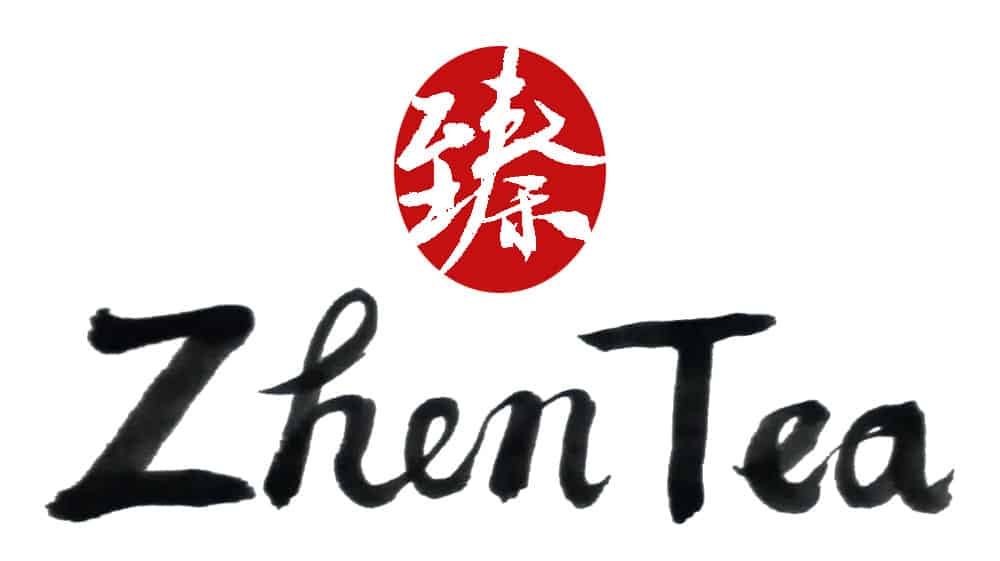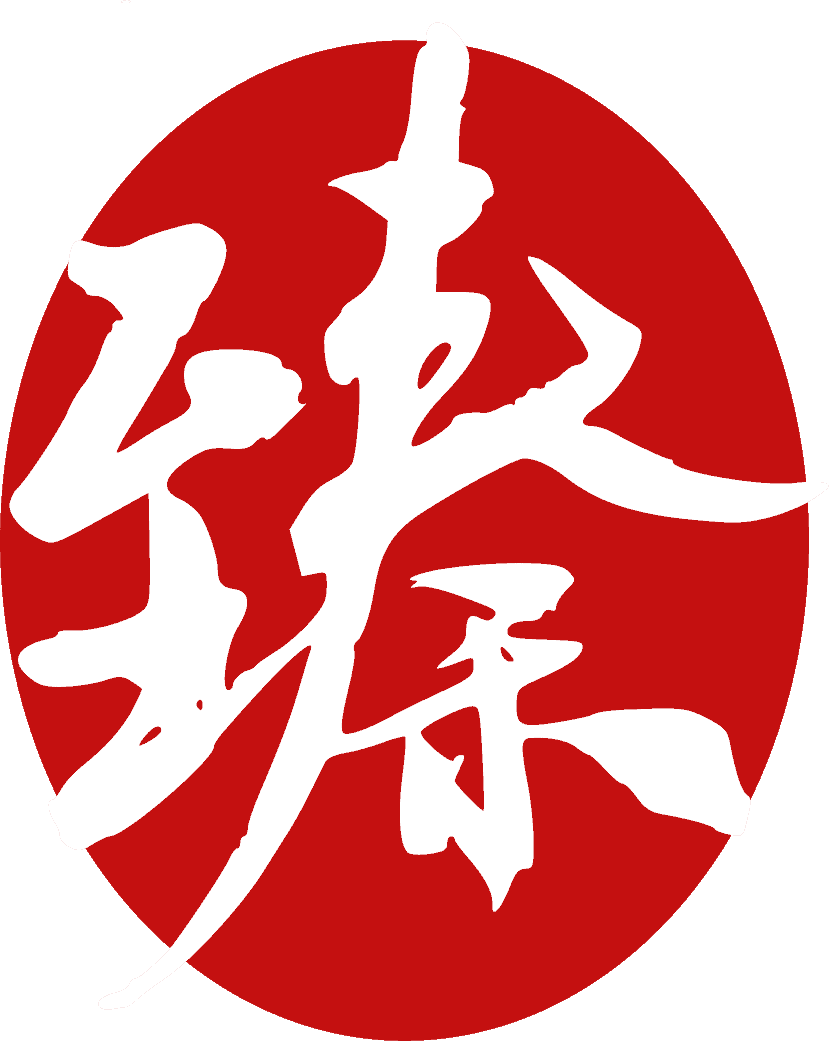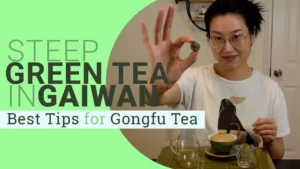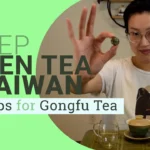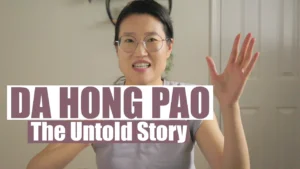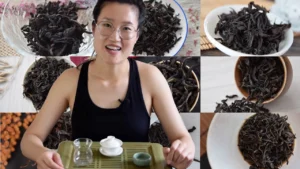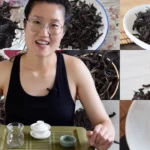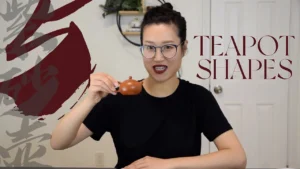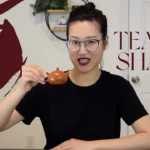Once you get into the world of tea, your curiosity naturally grows and the more you dive into it the more questions seem to arise. One of the most asked questions is, how is tea made? Many people wonder about the tea processing steps and how they differ for the different tea types. Accordingly, tea processing flowcharts become handy when it comes to explaining these steps. Of course, a simple flowchart that demonstrates the workflow for making the 6 types of tea would make it so easy for tea lovers to understand how tea is processed. But, is it possible to make a simplified chart? If you Google tea processing step or something along those lines, there are millions of results and if you are cautious enough to take time to cross-reference them, you will find that it’s pretty much impossible! Because there are so many versions of tea processing steps and almost every one puts its own spin on the workflow. For every category of tea, the charts have different numbers of steps and different names for these steps! So are they all correct? Are some right and some wrong? Is there something we can take away from this chaos?
The 6 types of tea are white tea, green tea, yellow tea, oolong tea, black tea and dark tea and all of these tea types are defined by their process (check out The Ultimate Tea Processing Experience article for my first hand experience processing tea). These processes all come from China, a place with a totally different language than English. Unfortunately, even in the 21st century, language is still the cause of the majority of the confusion and chaos. I’ve noticed that when it comes to Chinese, word for word translation is prefered over keeping the original Chinese word and pronunciation. For example, with Chinese tea, Long Jing becomes Dragon Well, Bai Hao Yin Zhen is known as Silver Needle and Tie Guan Yin is Iron Goddess. But strangely, another Asian tea from a country that also has a very different language doesn’t share this phenomenon. With Japanese tea, you have Gyokuro, Hojicha and Sencha. These words don’t make sense in English if you are not a tea lover. It’s not hard to find many examples of outside the tea realm either. I don’t what the reason is. But introducing a new word like Hojicha into a language naturally requires some explanation, while a translation adopts the existing understanding of the word or words. The result? A chaotic and confusing selection of tea processing terms.
In the video below, we explain a few of the “famous”, but often confusing tea terms. Some of the confusion may even be going undetected by many people. We answered 3 groups of questions based on the phases of tea processing. The “barely” English word kill green. What does it mean? Also, the often asked question by many oolong tea or black tea lovers, what is rolling? What about balling then? And in the end, when doing final drying, is roasting the same as baking? For those who are just getting into tea, it’s easy to believe that each of these tea terms was carefully chosen with its own special meaning and definition. Well, they were not… Check out the video and let us know your thoughts and questions about these or any other terms.
Though I think there’s a lot that needs to be done with the tea processing workflow charts, they absolutely offer people some insight into how tea is processed. Cross-referencing the available information is, however, strongly recommended. And while you check out as many charts as possible to have a better idea of how tea is made, I suggest you keep a few things in mind. After browsing the Google results, I found that there tend to be a few general styles of mistakes seen in these charts:
- Pure language issues. This is a common problem. Chinese tea’s names and terms are translated by vendors, tea lovers or even Google/Baidu translators. It is somewhat “casual”. It depends on the initial translator’s language skills. A good example is roasting or baking? Both words are well used. It’s not about right or wrong in this case. They both roughly talk about the same step.
- Knowledge limitation. Sometimes, you will also find some of the charts are actually wrong. For example, few of the charts specify Chinese green tea with a “panfiring” step and Japanese green tea with a “steaming” step. This is wrong. There are 4 types of Chinese green tea, 炒青(chao qing, known as panfiring, the most popular style of green tea), 烘青(hong qing),蒸青(zheng qing), 晒青(shai qing). Another example of an error is a step called “sweating” in the yellow tea making process. I assume that it refers to a step that encourages oxidation of the leaves. In some yellow tea process, you’ll see the tea leaves “sweating” and the “sweat” drops covers the inside of the container. But using “sweating” as a step to generalized to all yellow tea isn’t quite right.
- Logical chaos. Many charts have different styles of terms that come from different ‘angles’. A common way to name the terms is using descriptive verbs to depict the movements are activity during the processing step, such as shaking, rolling or roasting. But sometimes the terms are about chemical changes like oxidizing or fermenting. So when an oolong processing chart shows shaking followed by oxidizing, does that imply that shaking is not oxidizing? Well, the oxidation of the leaf exists in many steps in oolong including shaking. Isn’t this way of describing steps misleading?
All this chitchat isn’t about pointing fingers and claiming that every chart out there is wrong. Rather, it’s just a reminder that the speciality tea industry is just forming in the western world. Much of the confusion is caused by the language barrier. As someone in this industry, I have encountered many misunderstandings, and am often challenged myself when it comes to explaining professional knowledge clearly and accurately. I simply hope when we talk about tea, we can be a bit wordy, explain more, and assume nothing. Bringing everyone onto the same page is step one.
To really have a good candidate for these tea terms requires not only mastery of both languages (Chinese and English), but also a very solid knowledge of tea. And of course, clear, newly “manufactured” tea terms will also need to gain traction in the actual industry. It’s a long process.
But don’t get frustrated. Even in China, though many of the tea terms are clearly understood by everyone, there are still many different terms for the same things. Chinese tea wasn’t something that developed in the laboratory, defined meticulously by scientists and engineers. On the contrary, it comes from grassroots. A Masters degree or a PhD in tea is something very new, but the making of tea has been happening in China for thousands of years. Just be patient and we’ll get there!
